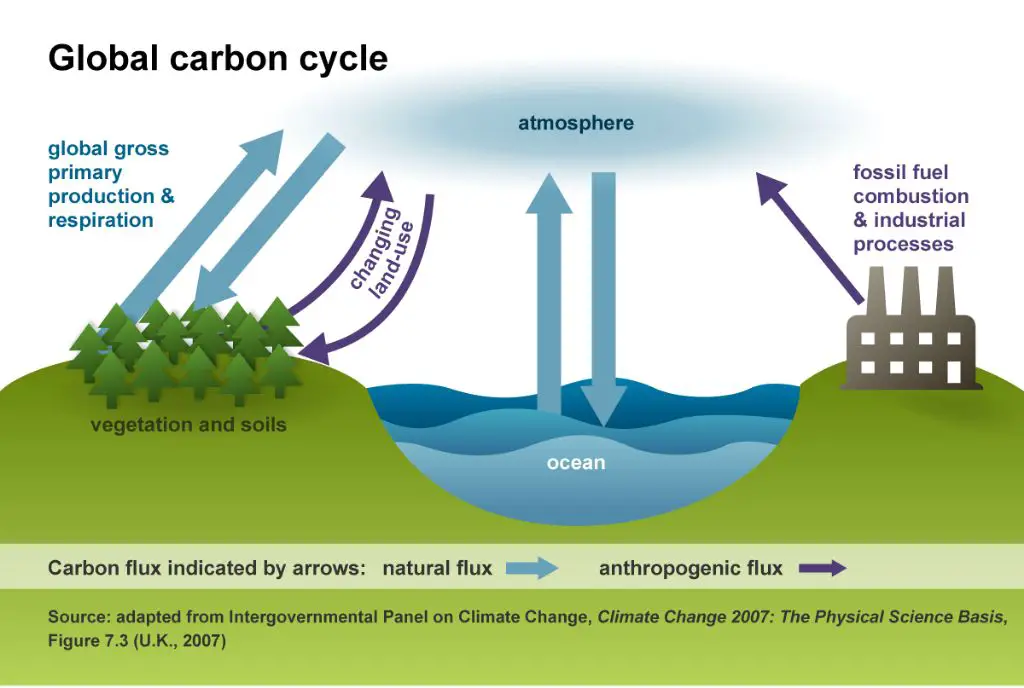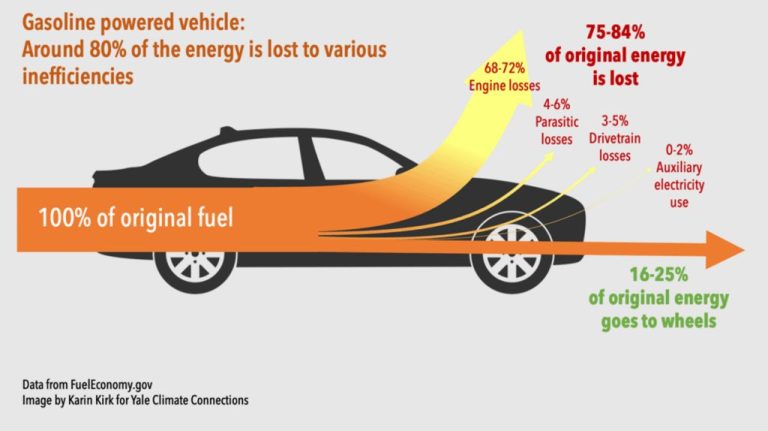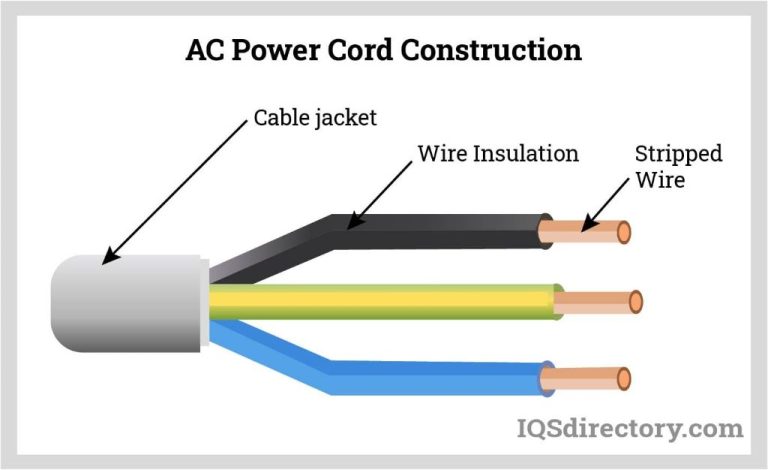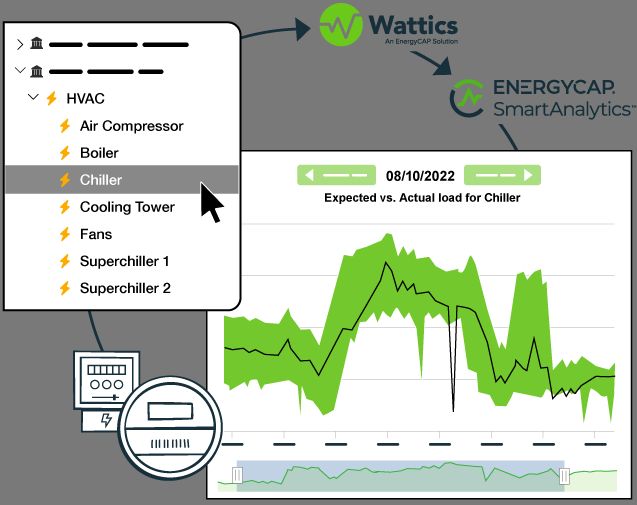How Can Energy Efficiency Improve Climate Change?
Climate change refers to long-term shifts in temperatures and weather patterns. Such changes can be natural, due to variations in the sun’s activity or other natural causes, but since the 1800s human activities have been the main driver of climate change (“What Is Climate Change?”, 2022). Burning fossil fuels like coal, oil, and gas emits greenhouse gases like carbon dioxide and methane, which trap heat in the atmosphere causing global temperatures to rise (“What Is Climate Change?”, 2022).
Energy efficiency means using less energy to provide the same service (“What is energy efficiency?”, 2021). Improving energy efficiency reduces greenhouse gas emissions because less fossil fuel energy is needed. There are many ways societies can use energy more efficiently, from individual actions like turning off lights and driving fuel efficient cars, to economy-wide improvements like constructing green buildings and upgrading transit systems. Widespread implementation of energy efficiency measures can significantly reduce emissions that drive climate change.
This article will examine the causes of climate change, the benefits of improved energy efficiency, methods for implementing energy efficiency, the transition to renewable energy, challenges and limitations, case studies, and provide conclusions and a call to action.
Causes of Climate Change
The primary cause of climate change is the burning of fossil fuels such as coal, oil and natural gas. According to the UN, fossil fuels account for over 75% of the world’s greenhouse gas emissions that are driving climate change.
Greenhouse gases like carbon dioxide and methane trap heat in the atmosphere, causing global temperatures to rise. The EPA notes that carbon dioxide levels today are higher than at any point in the last 800,000 years. Human activities like driving cars, deforestation and industrial processes produce huge amounts of these heat-trapping emissions.
Other human activities also contribute, like cutting down forests for timber and agriculture. Trees absorb carbon dioxide, so deforestation leads to higher concentrations of greenhouse gases. Burning gasoline in vehicles and coal in power plants emits pollutants that also exacerbate climate change.
While natural causes like solar irradiance and volcanic activity do impact the climate, the dramatic temperature increases since the Industrial Revolution are driven primarily by human-generated greenhouse gas emissions from burning fossil fuels.
Sources:
https://www.un.org/en/climatechange/science/causes-effects-climate-change
Energy Use Increases Emissions

The primary source of human-caused greenhouse gas emissions is the burning of fossil fuels like coal, oil, and natural gas for energy production. According to the U.S. Energy Information Administration, the combustion of fossil fuels accounts for over 75% of total global greenhouse gas emissions.
As the global population grows and countries continue to develop and industrialize, energy demand is increasing. Fossil fuels currently supply over 80% of total global energy needs. As more energy is produced from fossil fuel sources to meet growing demand, greenhouse gas emissions also rise. The International Energy Agency reported that energy-related carbon dioxide emissions reached a record high in 2021, primarily driven by coal demand.
Cities are major consumers of energy for power, heating, industry, and transportation. According to the UN, cities generate over 60% of greenhouse gas emissions even though they cover less than 2% of the planet’s surface. Transitioning cities to renewable energy sources is critical for reducing emissions.
The clear link between fossil fuel energy use, greenhouse gas emissions, and climate change highlights the need to improve energy efficiency and transition to low-carbon renewable energy sources.
Benefits of Improved Energy Efficiency
Using less energy for the same activities and services reduces energy demand and the need for energy production. This directly lowers emissions associated with energy generation (EPA, 2023). Energy efficiency improvements allow us to maintain our standard of living while reducing energy consumption. For example, efficient lighting, heating, cooling, appliances, and building techniques lower energy use without sacrificing services and comfort. Studies show that cost-effective energy efficiency investments could reduce U.S. energy use by 30-50% by 2050 (Department of Energy, 2023). This has a direct and meaningful impact on emissions that drive climate change.
Implementing Energy Efficiency
There are various policy tools available to governments to improve energy efficiency across sectors like buildings, transport, and industry. Some key approaches include implementing energy efficiency standards, financial incentives, and public awareness campaigns.
Efficiency standards for buildings, appliances, and equipment have proven highly effective in many countries. For example, building energy codes that mandate efficiency improvements in lighting, HVAC, insulation, windows, and other systems can yield major energy savings over the lifetime of the building (DOE). Appliance standards for products like refrigerators, water heaters, and air conditioners are another important policy lever.
Financial incentives like rebates, tax credits, and low-interest loans can help consumers and businesses cover the upfront costs of energy efficiency upgrades. The ENERGY STAR program in the U.S. serves as a successful model, providing incentives for purchasing high-efficiency products and buildings (USAID).
Public awareness campaigns can drive voluntary actions, while energy audits and benchmarking policies provide information to motivate upgrades. For industry, voluntary agreements with government and third-party certification programs for efficiency best practices are common (EPA).
Transition to Renewable Energy
Shifting from fossil fuels like coal and natural gas to renewable energy sources like solar, wind, and geothermal can significantly reduce greenhouse gas emissions that contribute to climate change (UN, 2022). Fossil fuels emit high levels of carbon dioxide and other greenhouse gases when burned to generate electricity. In contrast, renewable sources like solar and wind emit little to no emissions in their energy generation.
According to the UN, cheap electricity from renewable sources could provide 65% of the world’s electricity supply by 2030 (UN, 2022). The transition to renewables has already started but needs to be rapidly accelerated to meet climate goals. While renewable capacity is expanding quickly, it still only accounted for 28% of global electricity generation in 2019 (UN, 2022).
To fully transition to renewable energy, improvements in energy efficiency will also be critical to reduce overall energy demand. As the world continues to develop, energy demand is projected to increase substantially. So bothtransitioning to renewable sources and using energy more efficiently through better technology, processes and conservation behaviors will be key strategies to reduce emissions and mitigate climate change (UN, 2022).
Sources:
https://www.un.org/en/climatechange/raising-ambition/renewable-energy-transition
https://www.un.org/en/climatechange/raising-ambition/renewable-energy
Challenges and Limitations
While improving energy efficiency can significantly reduce emissions, there are challenges and limitations to scaling up these efforts. One major difficulty is rapidly transitioning the world’s energy infrastructure to renewable sources like wind and solar. As Breakthrough Energy points out, this grand challenge requires overhauling how we generate, store, transmit, and consume energy across society. Significant investments and system-wide coordination are needed to overhaul energy grids and increase renewable capacity globally.
Additionally, efficiency gains can be limited by the rebound effect, where lower energy costs increase demand. As the EPA explains, while efficient appliances reduce energy use per task, people may then use them more frequently, limiting net savings. There is also the risk of economy-wide rebounds, where efficiency lowers energy prices and increases production and consumption across sectors. Thus, efficiency must be paired with regulations and behavior change. While a key climate solution, energy efficiency alone is insufficient without comprehensive transitions across energy, transportation, buildings, and industry.
Case Studies
There are many examples of cities and countries that have successfully implemented energy efficiency measures to reduce emissions. In the Netherlands, the city of Groningen reduced residential energy use and CO2 emissions by 28% between 2006 and 2017 through retrofitting homes with insulation, high efficiency boilers, and heat recovery systems (source).
The United Kingdom implemented national policies and programs to improve building insulation, heating, lighting, appliances and industry processes. Through these efforts, total UK emissions decreased by 38% between 2008 and 2017 while the economy grew (source).
In the manufacturing sector, companies like 3M, Intel, and Toyota have implemented upgrades to heating, cooling, lighting and production equipment. These changes have achieved energy savings of 10-30% and reduced annual CO2 emissions by thousands of metric tons (source).
Conclusions
In summary, improving energy efficiency is a vital strategy for combating climate change. As discussed, increased energy efficiency can directly reduce greenhouse gas emissions from fossil fuel use across sectors like transportation, buildings, and industry (1). Simple actions like weatherizing homes, upgrading to LED lighting, and purchasing fuel-efficient vehicles have meaningful impacts (2). Energy efficiency delivers multiple benefits beyond emissions reductions as well, like lowering energy bills, reducing pollution, improving competitiveness, and enhancing quality of life.
However, energy efficiency alone is not sufficient to address climate change. Broader regulatory changes, rapid transition to renewable energy, and economy-wide decarbonization are also critically needed. Energy efficiency can facilitate and complement these other efforts. The most effective climate strategies combine ambitious energy efficiency policies, renewable energy deployment, wise land-use planning, and incentives for low-carbon technologies across the board. An “all of the above” approach is required, with energy efficiency acting as a foundational component of climate action plans worldwide.
(1) https://www.iea.org/reports/multiple-benefits-of-energy-efficiency/emissions-savings
(2) https://www.telefonica.com/en/communication-room/news/energy-efficiency-is-one-of-the-tools-available-to-society-to-combat-climate-change-the-greatest-challenge-facing-humankind-today/
Call to Action: Steps You Can Take to Improve Energy Efficiency
Improving energy efficiency is crucial to mitigating climate change, but we all have a role to play in making it happen. Here are some steps you can take to drive change:
At Home:
- Conduct an energy audit to find areas for efficiency upgrades like insulation, lighting, appliances, windows, etc.
- Install a programmable thermostat and set it to an eco-friendly temperature when away.
- Upgrade to ENERGY STAR certified appliances and equipment when old ones need replacing.
- Switch to LED light bulbs which use at least 75% less energy.
- Unplug devices when not in use to avoid phantom load energy drainage.
In Your Community:
- Support local policies and programs for home weatherization and efficiency incentives.
- Advocate for stringent building codes that require high efficiency for new construction.
- Push for investments in public transportation, walking, and biking infrastructure.
- Support utility programs to modernize electricity grids and transition to renewable sources.
In Business and Institutions:
- Conduct energy audits and pursue deep retrofits to maximize efficiency.
- Purchase ENERGY STAR equipment and appliances to cut energy use.
- Install lighting sensors, smart thermostats, and building automation systems.
- Transition fleets to electric vehicles and install EV charging infrastructure.
We all have a role to play in improving efficiency. The time to act is now to create a sustainable energy future!





